Brazil is mobilizing forces and sending them to the Guyana-Venezuela border as intelligence indicators point to a possible Venezuelan invasion of Guyana.
I swear, I'm not making any of this up.
The Roots of the Conflict
The Essequibo region is a large, sparsely populated area along the Venezuelan border. It comprises 74% of Guyana's territory and is home to nearly 30% of its citizens. Venezuela's claim to the area is very tenuous. The Dutch originally settled the region in the 16th century. Venezuela's claim seems based on a Spanish land grant that used the Treaty of Tordesillas of 1502. In this treaty, Spain and Portugal divided up all the world's previously undiscovered lands between them as its authority. The Spanish and Dutch skirmished throughout the Essequibo area for the next century, but there didn't seem to be any serious attempt by Spain to occupy the region.
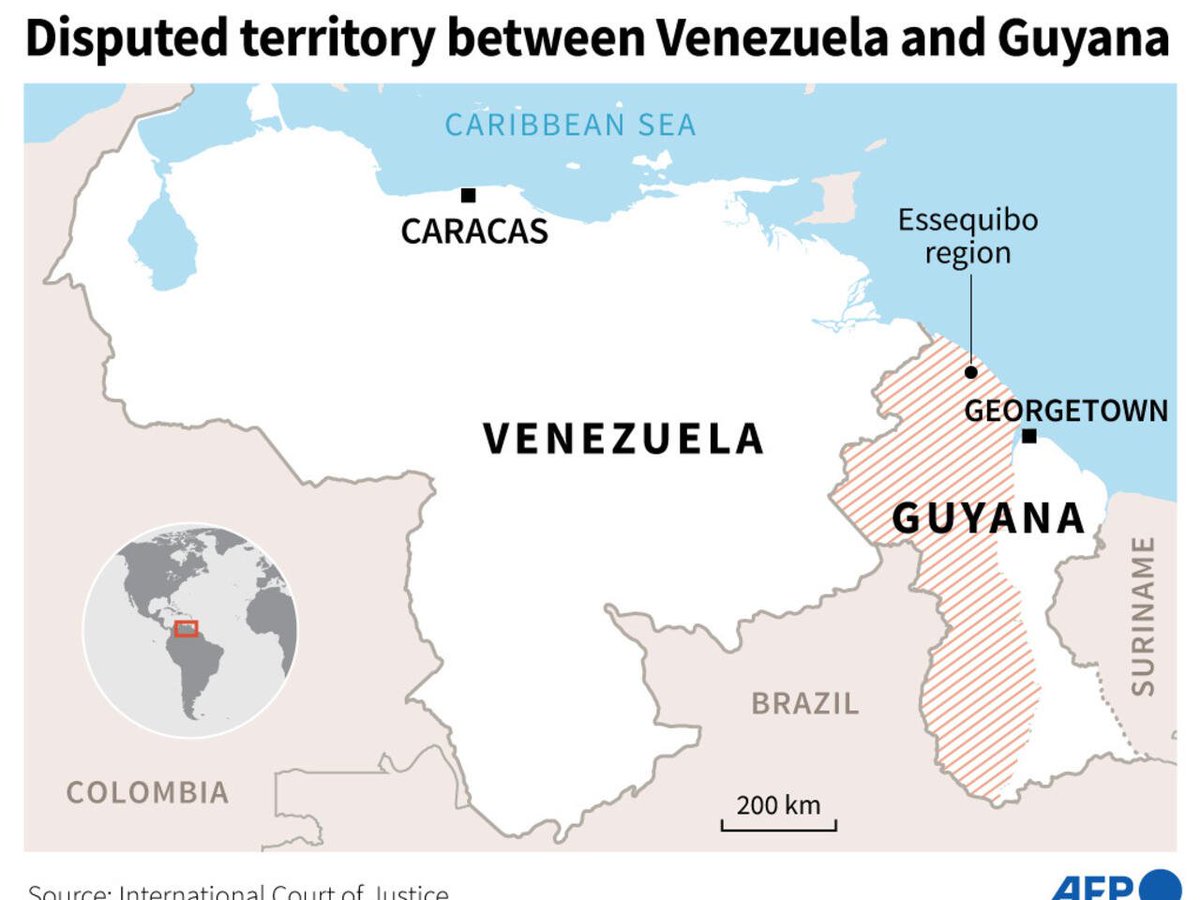
Things got serious in 1814 when the Dutch relinquished their title to Essequibo to the United Kingdom. At the very least, Britain's banning of slave ships from Guyana should make it the good guy in this story. In 1822, Simon Bolivar's new state of Gran Colombia claimed it owned Essequibo and demanded the British leave. London's guffaws created a Force 5 hurricane in the Caribbean.
In 1840, the British government commissioned a survey of the border between Guyana and Venezuela. Shockingly, it found that Britain was entitled to much more territory than it had thought. Venezuela, rather predictably, didn't like the new border, but a "gentleman's agreement" was reached that neither side would create settlements in the disputed territory.
That agreement blew up in the early 1870s with gold discoveries that got Venezuela's attention. In 1886, Britain declared the 1840 boundary final, and Venezuela severed diplomatic ties with Britain. Things reached a comedic level in 1894 when Venezuela asked the United States to evict Britain because of the Monroe Doctrine. Showing how little some things change, thanks to a skilled lobbyist, this metastasized into a full-blown diplomatic crisis that resulted in Britain agreeing to arbitration.
Because Venezuela had broken diplomatic relations with Britain, the United States represented its interests at arbitration. The result was that the 1840 line was largely accepted. The conflict did not go away. In the 1950s, one of the many Venezuelan dictators who seem to pop up like mushrooms on a manure heap after a July thunderstorm, Marcos Pérez Jiménez, tried to start an independence movement in Essequibo and was well along in plans to invade Guyana when a military coup intervened.
In 1962, Venezuela brought the issue to the UN. That resulted in an agreement to establish a "framework" to resolve the dispute. When Guyana was given its independence in 1966, Venezuela made it clear that it would not relinquish its claims. Disputes bubbled up now and then until 2013, when oil was discovered on Guyana's continental shelf, and that country began exploitation. In 2021, current Venezuelan poobah Nicolas Maduro again laid claim to the disputed region and Guyana's exclusive economic zone.
The Current Dispute
In October 2023, the Venezuelan National Elector Council announced it would hold a referendum on annexing Essequibo on December 3. Venezuelan voters would make the decision.
Venezuela’s President Nicolás Maduro has thrown the full weight of his government into the effort, using patriotic rhetoric to try to summon voters to the polls to answer five questions over the territory, including whether current and future area residents should be granted Venezuelan citizenship.
Guyana sees the referendum as a case of annexation and asked the International Court of Justice on Nov. 14 to halt parts of the vote. The court has not issued a decision, but even if it rules against Venezuela, Maduro’s government intends to hold the election Sunday.
The clincher is that the road network requires Venezuela to pass through Brazil to attack Guyana.
What's Happening Now
Video has appeared on social media indicating that Venezuelan and Guyanan troops may be skirmishing.
A video published on social networks allegedly shows clashes on the border of Venezuela and Guyana.
— Тоби айоделе -Tboy🇷🇺 🇳🇬 (@TobiAyodele) November 29, 2023
Information that has now emerged indicates that Nicolas Maduro has ordered the deployment of troops into Guyana along a route passing through Brazil. pic.twitter.com/xKnsofeQ6z
Brazil has placed its army on alert after its intelligence services observed a large-scale movement of personnel and equipment by Venezuela to the Guyanan border. Brazil has defense cooperation agreements with Guyana and is expected to resist any attempt by the Venezuelan military to use Brazil as an invasion route. There are reports that Brazil has moved an undetermined number of troops to the Venezuelan border.
🇻🇪🇬🇾🇧🇷 | The Brazilian forces are heading towards the border with #Venezuela. Brazil has stated that it will defend Guyana against any Venezuelan invasion.#Venezuela #Guyana #Brasilia #VenezuelaEsEsequibo #Brazil https://t.co/ujmo7WYEAq pic.twitter.com/Ao3XzH1Z0m
— Breaking News (@PlanetReportHQ) November 29, 2023
What Next?
I'm not a Latin American expert and don't play one on the internet, but I think this could be a case of Maduro making a cameo appearance as the "Grand Old Duke of York." It is hard to see how Venezuela pulls off a military invasion without Brazil's cooperation. Despite the mini-love fest between Venezuela's Maduro and Brazil's Lula de Silva, it is hard to see Brazil allowing Venezuela to launch an invasion of Guyana from Brazilian territory and facing the international s**t storm that would follow.
That said, Maduro is not famed as a strategic thinker, and the visions of new Venezuelan oil wells dancing in his head could very well lead him to believe that a) he's withstood the US for years and b) no one is going to fight for a speck on the map like Guyana.



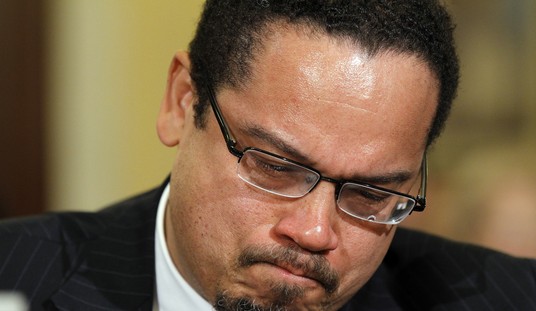



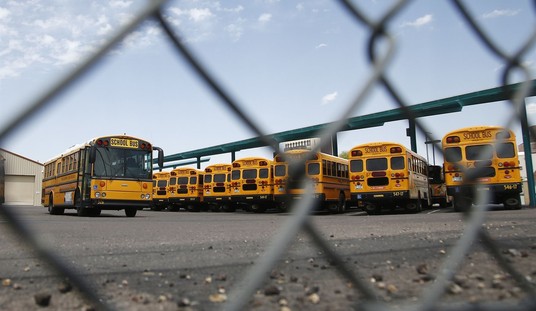



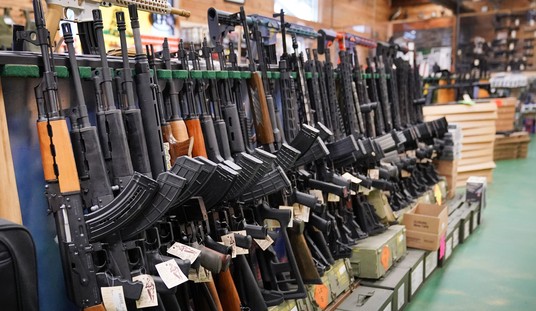
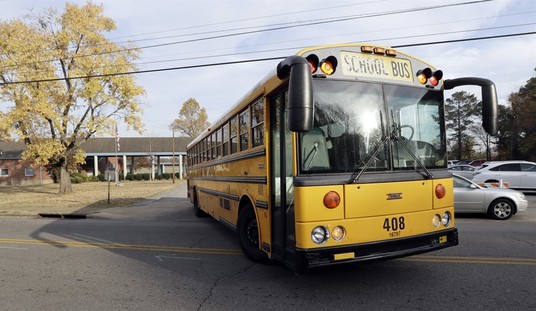

Join the conversation as a VIP Member